brandisi
TPF Noob!
- Joined
- Mar 20, 2011
- Messages
- 15
- Reaction score
- 0
- Location
- West Coast US
- Can others edit my Photos
- Photos NOT OK to edit
I am hoping that I could get some suggestions from anybody on this Forum.
I have a situation about how to allocate or set up a practical / easy backup strategy. I have discovered that one of my DR (RAID) is almost full. And a second DR should be full in a couple of months.
Let me show you the quasi system that I have setup:
I'm using a Mac OS 10.8.5 single user.
1 TB int HD that don't use it much since I rely mostly on Ext HD - just had it replaced a week ago after running great for 4 yrs.
DR #1
RAID 1 - 4 yrs old
965G used - 40G avail
DR#2
Partition One - 4 yrs old
775 G used - 228G avail
Use it as a Main DR, incl pix, videos and documents
Partition Two - LR Cat
900G used - 100G avail
DR#3 - 4 yrs old
Partition One
Time Mach
430G used - 572G avail
Partition Two
LR Backup 70G use -928G avail
I also have a couple of older DR with extra copies of most of my images, but they could go bust anytime since they are a bit older. I'm using them as long as they run
I just purchased a 3 TB Ext HD.
I use mostly my computer for my photography hobby as well as building up a small video MP3 Library.
I am now realizing that perhaps RAID 1 was not a great strategy for me. It cut the capacity of my DR to half. After reading online that RAID 1 is not a substitute to a regular backup strategy. I'm now wondering if I should format the RAID DR and start all over again.
However, I'm not sure how I could access all the files without capturing the mirrored files.
I would like to know if I could get some suggestions.
BTW I also have SuperDuper but I have not used it for quite sometime. I have been creating backups manually, but I think I might start using SuperDuper or something similar. Thanks for any help
I have a situation about how to allocate or set up a practical / easy backup strategy. I have discovered that one of my DR (RAID) is almost full. And a second DR should be full in a couple of months.
Let me show you the quasi system that I have setup:
I'm using a Mac OS 10.8.5 single user.
1 TB int HD that don't use it much since I rely mostly on Ext HD - just had it replaced a week ago after running great for 4 yrs.
DR #1
RAID 1 - 4 yrs old
965G used - 40G avail
DR#2
Partition One - 4 yrs old
775 G used - 228G avail
Use it as a Main DR, incl pix, videos and documents
Partition Two - LR Cat
900G used - 100G avail
DR#3 - 4 yrs old
Partition One
Time Mach
430G used - 572G avail
Partition Two
LR Backup 70G use -928G avail
I also have a couple of older DR with extra copies of most of my images, but they could go bust anytime since they are a bit older. I'm using them as long as they run
I just purchased a 3 TB Ext HD.
I use mostly my computer for my photography hobby as well as building up a small video MP3 Library.
I am now realizing that perhaps RAID 1 was not a great strategy for me. It cut the capacity of my DR to half. After reading online that RAID 1 is not a substitute to a regular backup strategy. I'm now wondering if I should format the RAID DR and start all over again.
However, I'm not sure how I could access all the files without capturing the mirrored files.
I would like to know if I could get some suggestions.
BTW I also have SuperDuper but I have not used it for quite sometime. I have been creating backups manually, but I think I might start using SuperDuper or something similar. Thanks for any help


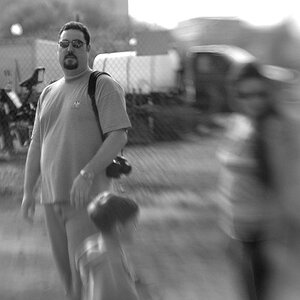

![[No title]](/data/xfmg/thumbnail/39/39185-29433e4f46e4b0bd394d10962886594c.jpg?1619738904)
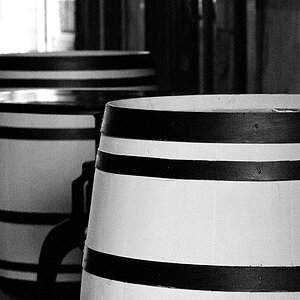

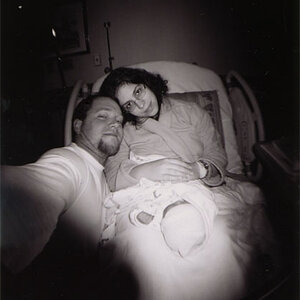

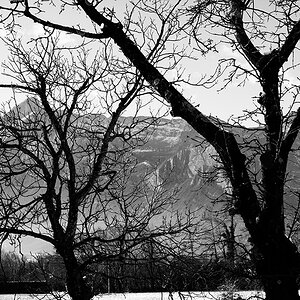
![[No title]](/data/xfmg/thumbnail/35/35966-4f59fb71a71adfe775ae568f8c534699.jpg?1619737283)

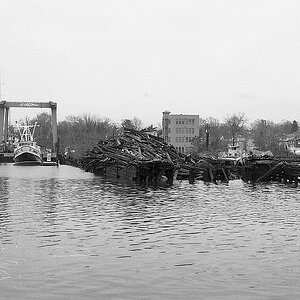
![[No title]](/data/xfmg/thumbnail/41/41764-1385c153e9fea917b7efea0bbde7eefe.jpg?1619739885)